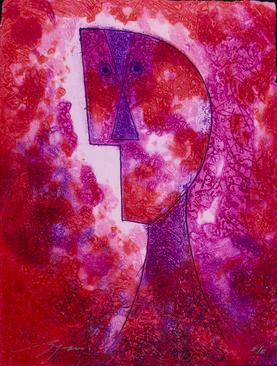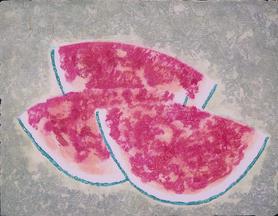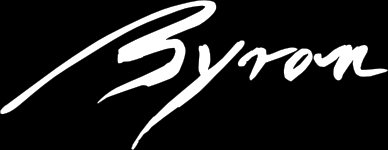Acrylography

The works of graphic nature worked on by Byron Gálvez he has called acrylography. Having as a foundation the same principles of all graphic work, Byron Gálvez has discovered a new lode that he has named thus. This process shows some similarity to Rufino Tamayo’s mixiographic work.
Rufino Tamayo worked on mixiography in wax plates upon which the Oaxacan artist engraved, drew on and created unusual textures, using a wide palette, akin to the prehispanic semantics and the language that had been imposed for many years the universe of contemporary art. The density of these textures allowed Tamayo to construct from these pieces matrices that were later turned to metal, smelted by the technique of “lost wax”. That is to say, the plate is created, it is poured under enormous pressure and a copy of the work is obtained. However, in the making of mixiography, all the tonal differences are solved in one plate.
When Byron Gálvez enters acrylography, he creates a specific plate for each of the colors in his graphic. Part of the realization involves a lithograph as a ordering plate, black, given that acrylography is a mixed technique that starts as a drawing on stone. Over the lithograph, he prints each color, and as a final process he introduces a plate that contains the coarser textures, otherwise when putting it on the press the texture would become flat and loose it’s contusive sense.
The fact is that in his acrylographs, Byron Gálvez also shows an immense three dimensional capability and a great luminosity in color, something which is hard to obtain and he manages it precisely because he uses one plate for each color. Therefore the colors do not smudge or sully when printing.

Acrylography is a technique that consists of using a number of acrylic plates that contain textures created with resins, powdered marble or coal that give consistency to the texture. This technique has the great advantage that as the artist is working each plate he can enrich tones and textures at the moment of printing
In addition to Acrylography, Byron’s graphic work includes etching, dry point, smooth varnish, aquatint and other techniques. All of them are different ways of incising the metal with acids. A great part of the mystery of the etching is the fact that the artist is working in negative, to put it in photography terms. This means that in the metal, everything that will be white upon printing is black and everything that will be black is white. The dexterity and the mastering in this confine can really be seen once the artist enters the universe of the half tone.




